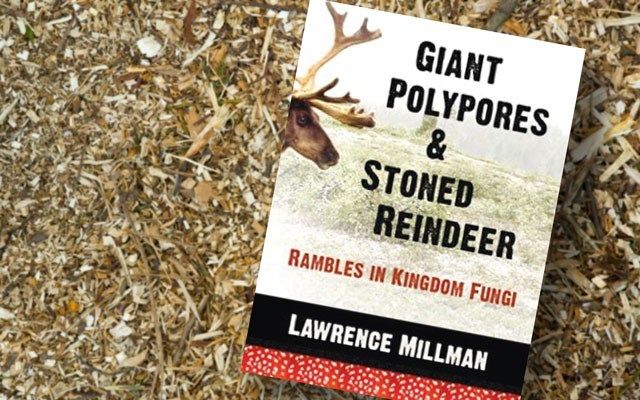If you're someone who's intrigued by these 20 fascinating fungi facts, please join the Whistler Naturalists for "A Painless Introduction to Mushrooms" with mycologist Lawrence Millman on May 14 at 7 p.m. at the Whistler Museum. All are also welcome to attend the Naturalists AGM before the presentation from 6 to 6:30 p.m.
Fungi facts:
1. You can remove all the birds and still have a forest, but if you remove all the fungi, the forest will die.
2. In forest soils, the fungal biomass is 90 per cent of the total organismic weight.
3. A thimbleful of soil will contain several miles of fungal mycelia (fine filaments).
4. Fungal species outnumber plants in temperate forests 10 to one.
5. The lift power of fungi is remarkable — a few species can push up asphalt with a lift of approximately 400 kilograms.
6. For every fungal compound, there is a mate. One such compound — norbadione A — happily bonds with radioactive isotopes, especially cesium.
7. A large percentage of North America's fungal species are actually undocumented species masquerading under European names.
8. The nitrogen-fixing ability of certain lichens (lichens inhabit Kingdom Fungi) makes them a primary source of nitrogen in nutrient-deprived soils.
9. Due to toxic emissions, there are fewer lichens beside roads with high-speed limits than beside roads with low-speed limits.
10. Ninety per cent of all plants have fungal partners.
11. Almost anything organic can be a fungal substrate. A recently discovered species inhabits elf urine-moistened leaf litter.
12. Fungi can be very specific in their choice of hosts. For example, there's one species that inhabits only the antennae of certain cockroaches.
13. Is it a parasite (derives nutrients at the host's expense)? A saprophyte (lives on decaying organic matter)? A symbiont (has a relationship with another species where both benefit)? To know a fungus, you need to be aware of how it makes its living.
14. Since fungi like disturbances, you'll find a greater variety of species in a clearcut than in an old growth forest.
15. The pillow on which you put your head at night hosts (at conservative estimates) 500,000 fungal spores.
16. A giant puffball contains approximately seven trillion spores.
17. Far fewer people die every year from eating toxic mushrooms than from dog bites.
18. A dry year is a good year for fungal parasites.
19. Less than 10 per cent of all fungi have been identified.
20. Fungi are a critical lynchpin in virtually every ecosystem.
Lawrence Millman is the author of 16 books, including such titles as Last Places, A Kayak Full of Ghosts, Our Like Will Not Be There Again, and Lost in the Arctic.
His books on fungi include Fascinating Fungi of New England, the first ever guide to New England mushrooms, and Giant Polypores & Stoned Reindeer, a series of essays about his travels in search of odd, rare, and hallucinogenic mushrooms.
He has documented fungi in places as diverse as Borneo, Greenland, Costa Rica, Panama, a meteor crater in northern Quebec, Western Samoa, Iceland, Belize, and Wachusetts Wildlife Sanctuary in Princeton, Massachusetts, where he has inventoried more than 500 species.




